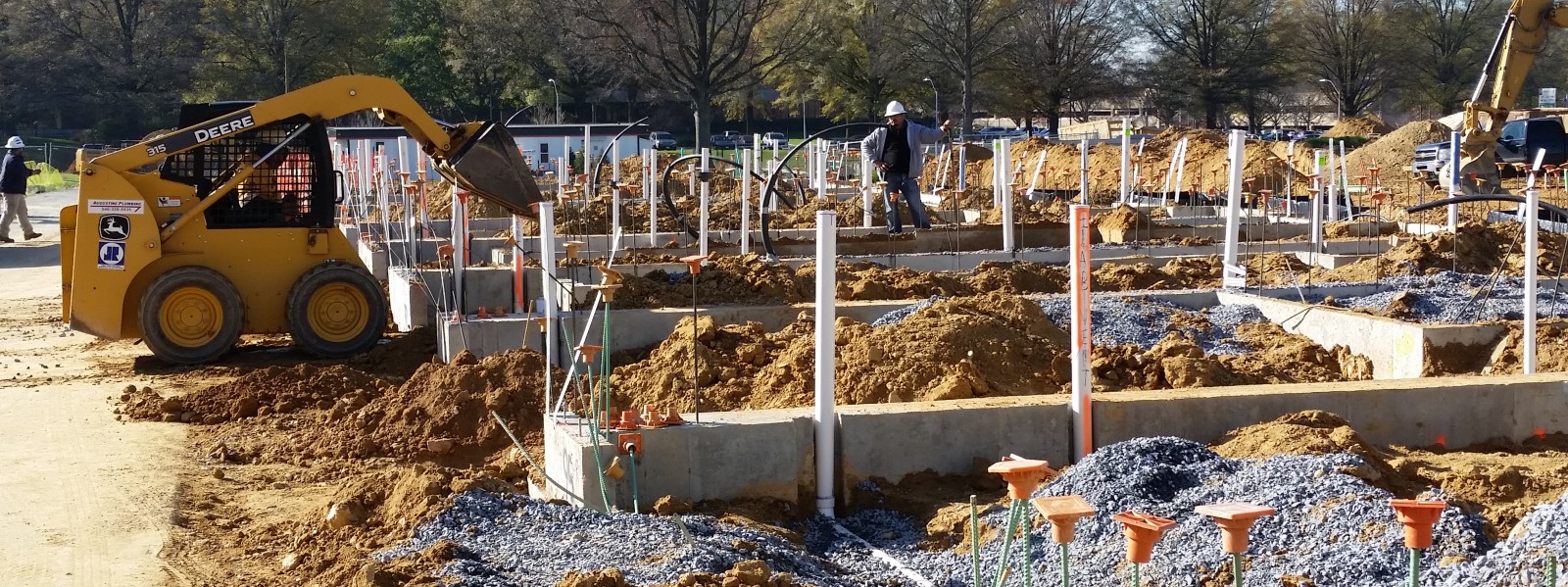For plunger selection, please see my previous post on Plunger options: Types of Plungers
General Plunger Tips:
- Never Use a Plunger in Tandem with Drain Cleaning Chemicals. The plunging action will inevitably splatter dangerous chemicals onto your skin or clothing. In fact, we do not recommend the use of drain cleaning chemicals (Drain-O no-no!)
- Remove Excess Water. Too much water in the tub, sink or toilet will make a mess when you start plunging. There should always be enough water to submerge the cup. If there’s not enough water, fill a bucket from another source and add. without the water, a vacuum seal will not occur and you won’t have any pressure.
- Let Air Out of the Plunger Cup. A common mistake is to leave too much air in the plunger cup. Air, unlike water is compressible. If the cup is filled with air, it will compress every time you press down and act like a shock absorber. As a result, the clog won’t receive as much force. If the cup is filled with water, the force will be much more intense. Make sure you “burp” out the air from the cup and fill with as much water as you can before plunging. Put the plunger into the water at an angle, rather than straight down to reduce the amount of trapped air.
- Get a Real Tight Seal. An easy way to improve the seal around the plunger is to add some petroleum jelly to the rim of the bell or cup. This will increase the suction. It will also prevent drying and cracking.
- Block All Other Outlets. If there is another sink or water fixture nearby, you’ll get better results if you block these drains before you start plunging. Get a wet cloth and stuff into these drains. (This is most often frustrating when there’s a vent on the bathtub or sink bowl.)
- Plunge with a Vertical Up-and-Down Action. Keep the plunger handle straight and vertical as you use it, perpendicular with drain you are plunging. If you tilt at an angle, you won’t get proper force and the plunger seal can come loose.
How To Plunge a Clogged Sink, Tub or Shower:
- Use a STANDARD Cup Plunger.
- Securely Cover and Seal the Overflow Drain with a Wet Rag or Cloth.
- Submerge the Plunger Cup. Place the plunger over the drain and completely cover the drain opening.
- Push Down With Quick, Forceful Thrusts. This will concentrate pressure down the drain toward the obstruction. Repeat for 15-20 seconds.
How To Plunge a Clogged Toilet:
- Use the FLANGE type of plunger.
- If the bowl is full, put on some gloves and bail out until it is only half-full. If the bowl is empty, add water until it is half-full.
- Drape a towel over and around the toilet to catch any back-splash.
- Place the plunger in the bowl and completely cover the drain opening.
- Push Down With Quick, Forceful Thrusts. This will concentrate pressure down the drain toward the obstruction. Repeat for 15-20 seconds.
After Your First Attempt:
- Remove the Plunger and Examine the Drain. If the water drains out of the toilet, sink, tub or shower, you have successfully removed the clog. If the water is still not moving, repeat the plunging motion; some stubborn obstructions like paper, hair and food debris may require several attempts to loosen and dislodge.
Comments are closed.

